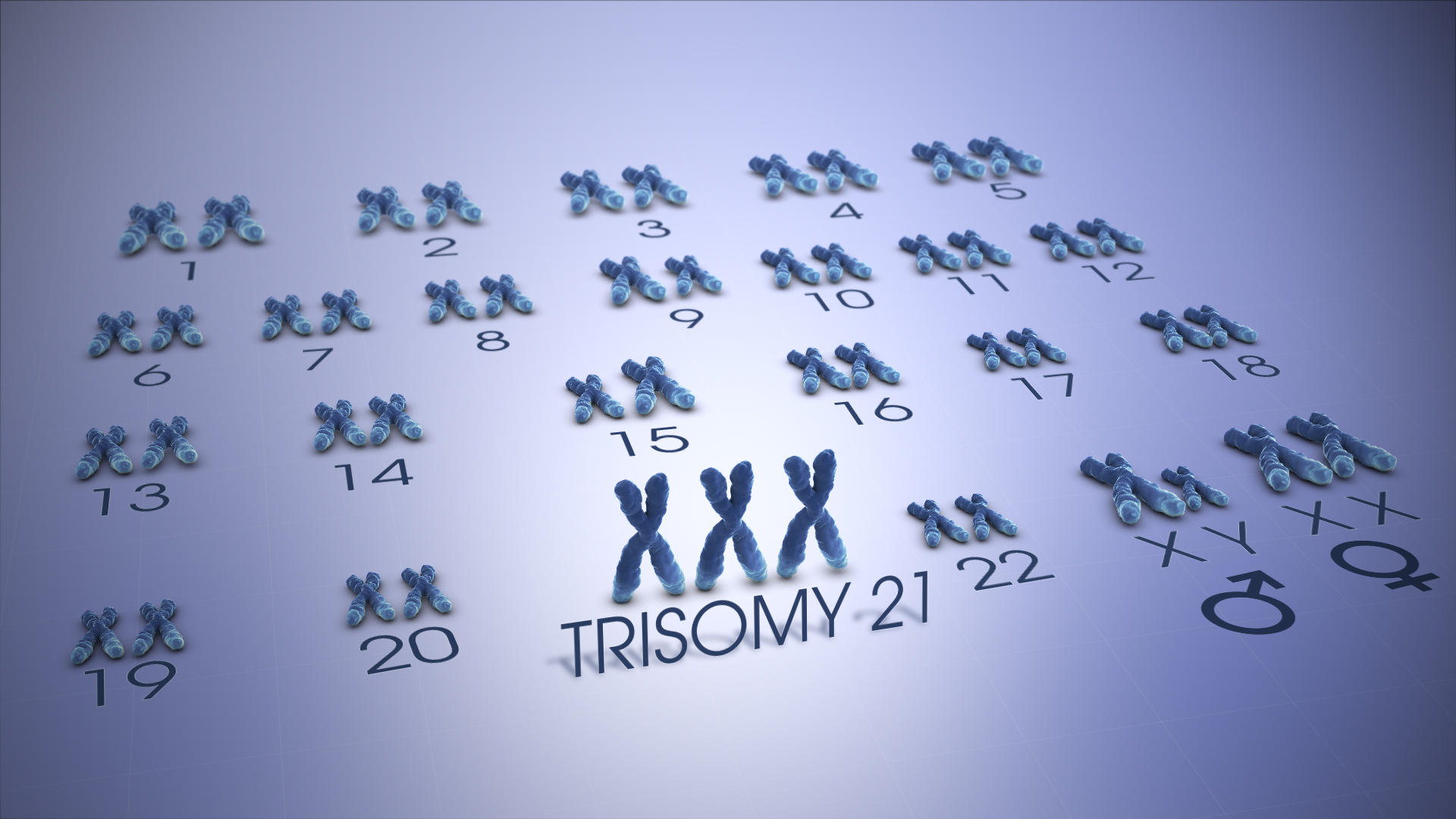Down syndrome is a condition of trisomy of the 21st autosome. In many incomprehensible ways, this genetic disorder continues to shorten lifespans by manifesting into a spectrum of abnormalities. People with Down syndrome experience an early onset of several conditions that come with aging. Scientists believe that the extra copies of genes are responsible for developmental and health issues. Here’s a list of organs and organ systems that get affected by this syndrome:
- Heart
- Gut
- Imperforate or no opening of the anus from which stool can be passed.
- Hirschsprung disease in which the proximal part of their large intestine lacks important nerve cells and hence, does not function properly to expel stool. This leads to swollen abdomen, vomiting, and severe constipation.
- Duodenal obstruction, which usually occurs because of abnormal development of duodenum during the fetal period. This can also occur when the pancreas wraps inappropriately around the duodenum and occludes it.
- Celiac disease, a condition of gluten sensitivity in children in which they cannot digest wheat, rye, and barley.
- Reflux or throwing up milk during or shortly after feeding.
- Ears
- Eyes
- Thyroid gland
- Brain
- Spine
- Miscellaneous
Congenital heart defect is observed in almost half of the population with Down syndrome. The characteristic defect occurs in the development of endocardial cushions, resulting in deformities of atrioventricular septums and valves. This causes blood to accumulate in the heart's chambers, making it’s function harder.
For insight: Transcatheter Heart Valves are Revolutionizing Valve Replacement Surgery
Down syndrome interferes with digestion like a menace. Constipation, diarrhoea, indigestion and even bowel obstructions are common. Some serious complications could be:
Also read: Gut Microbiota Cause Most Chronic Diseases
Chronic ear infections occur in infants with Down syndrome mainly because of two reasons- the facial anatomy, and upper respiratory tract infections. Half the infants with Down syndrome have stenotic (narrow) ear canals. So the diagnosis of middle ear infections becomes difficult. Problems in the upper airway cause the eustachian tube to trap bacteria and become swollen. Hypotonia also affects the opening and closing of the eustachian tube, leading to negative pressure build up. Glue ear is a common fluid retention condition that causes temporary hearing problems in people with Down syndrome. It can be cured by surgery.
Vision problems right from the time of birth are extremely common for this genetic disorder. They include:
Short-sightedness, long-sightedness, infections like conjunctivitis, uveitis or blepharitis, cataracts or clouding over of the lens, nystagmus (the eyes move uncontrollably from side to side), keratoconus (thinning and bulging out of cornea), and glaucoma (increased pressure in the eye).
You may like: Ophthalmology: Seeing Through A Clearer Lens
Down syndrome patients have a higher incidence of endocrine problems (associated with thyroid, adrenal and pituitary glands) than the general population. Around 1 in 10 people with Down syndrome have problems with their thyroid gland. Both hyperthyroidism (excessive thyroid secretion) as well as hypothyroidism (less than normal thyroid production) cases prevail. Thyroid problems can be picked up during blood tests and are often treatable with medication to replace the lack of thyroid hormone in the body.
There is a tendency in people with Down syndrome to develop dementia at a younger age than in the general population which develops it usually after 40+ years. The type of dementia is either the same as or very similar to Alzheimer's disease, with signs including problems with short-term memory and understanding, confusion, and disorientation. Autopsy reports reveal significant levels of plaques, tangles and abnormal protein deposits in the brain by age 40. These are nothing but Alzheimer's hallmarks. However, despite the presence of these brain changes, not everyone with the Down syndrome develops Alzheimer's symptoms.
Up to 20% of individuals with Down syndrome are affected with asymptomatic Atlantoaxial instability (AAI). Symptomatic AAI affects 1–2% of individuals with Down syndrome and manifests with spinal cord compression.
Some children with this genetic condition have misshapen bones in the upper part of spine, just below the skull. These bones can press on the spinal cord and increase the risk of injury.
Cervical spondylosis is common in Down Syndrome and can potentially damage the spinal cord. As more focus is put on the pediatric problems, this condition has received less attention.
Don’t miss: Understanding Bone Cementing and its use in Treating Spine Fractures
People with Down syndrome are more likely to develop infections, such as the lung infection pneumonia, thanks to the improper development of their immune system. To reduce the risk of infections, routine childhood vaccinations are recommended. A course of antibiotics is usually prescribed to treat a bacterial infection.









